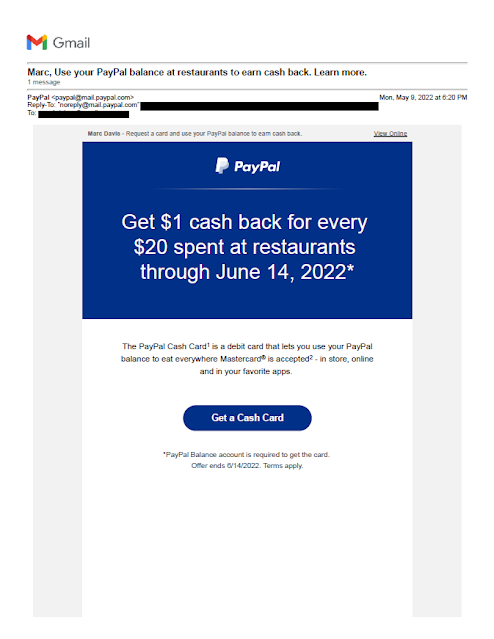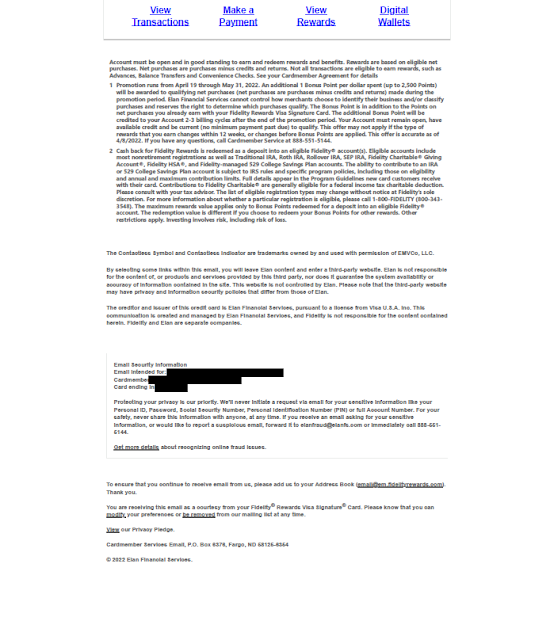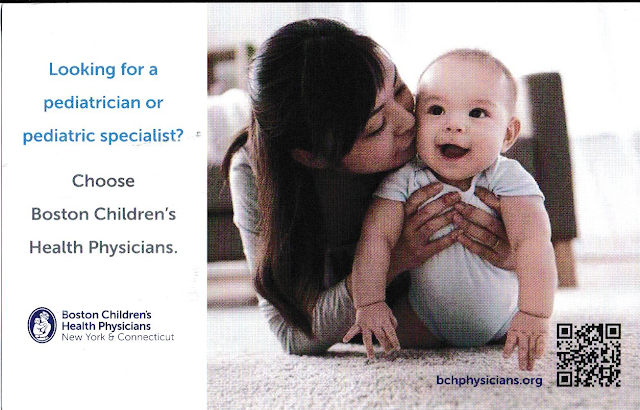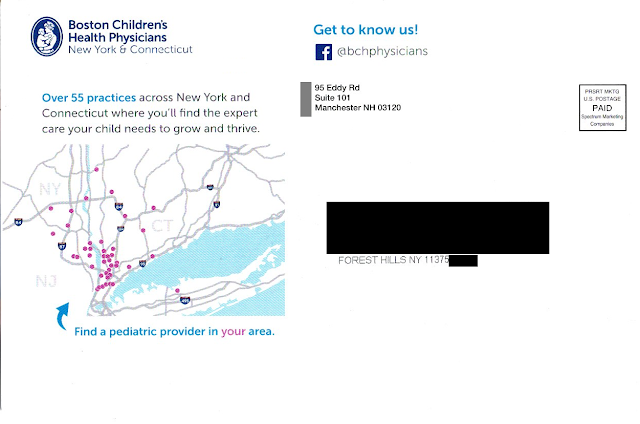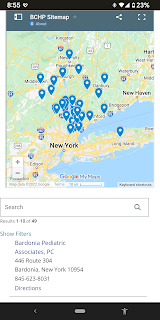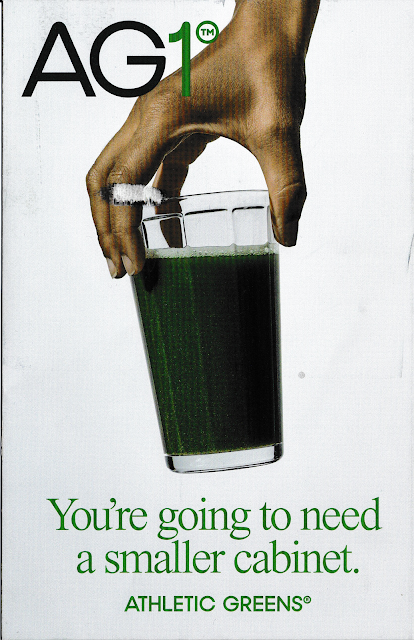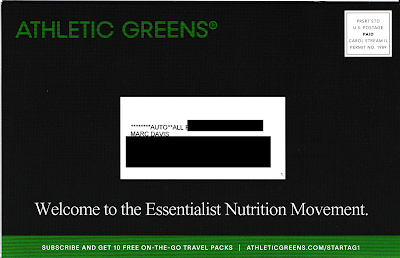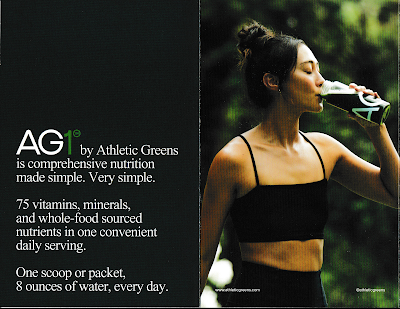After months of COVID lockdown and isolation, I was finally going to set foot outside of Queens. My wife and I arranged for a weekend getaway upstate at a bed-and-breakfast with plenty of ventilation, air filtration and outdoor seating. It was our anniversary and, pandemic or not, we wanted to make it special.
We brought masks, gloves, sanitizer, and more sanitizer. I packed a rag and Lysol disinfectant just to give our room a once-over when we arrived. We brought packaged food in case the nearby restaurants were too busy. After confirming all the details and driving north for a few hours, I realized had I forgotten my mother's advice: Always pack clean underwear. Sorry, Mom!
I discovered a Jockey outlet store near our B&B. It had reopened from COVID lockdown the day before our trip. So, on our anniversary, we stopped at the store for a couple pairs of jockeys. The store manager, also wearing a mask and plastic gloves, understood that I wasn't familiar with the brand and helped me pick out something comfortable in my size.
The manager apologized that not all price tags were up to date as the store was shorthanded and had just reopened. No worries, I said; just ring me up. She asked to put me on the email list with an offer of an instant discount on my in-store purchase. I agreed, providing my email address.
That was two years ago. I haven't purchased anything from Jockey since then. (The underwear is fine; I simply don't need any more.)
In May of this year, I received an email with a Subject Line of "Thank you for joining Jockey Rewards!"
 |
Jockey Rewards Introduction Email, May, 2022
|
The wording of that subject line makes it seem like I recently joined the Jockey Rewards program, which is not the case. Perhaps giving the manager my email address in that outlet store two years ago had enrolled me in an older version of the program and I had now been auto-enrolled in the current program. This supposition is based on the answer on the Jockey's reward program FAQ:
 |
| First FAQ at jockey.com/rewards mentioning "new and improved rewards program" |
So, the program is "new and improved." OK. Perhaps. But since I hadn't just joined the program, better subject lines would include:
Welcome to the new Jockey Rewards!
We've improved Jockey Rewards!
Other than the confusing subject line, the email is nicely done: on brand, communicative, friendly and persuasive. Overall, the email doesn't deserve a Fail for Creative. Perhaps it merits a C+.
Lesson:
Your subject line should be relevant to your customer.








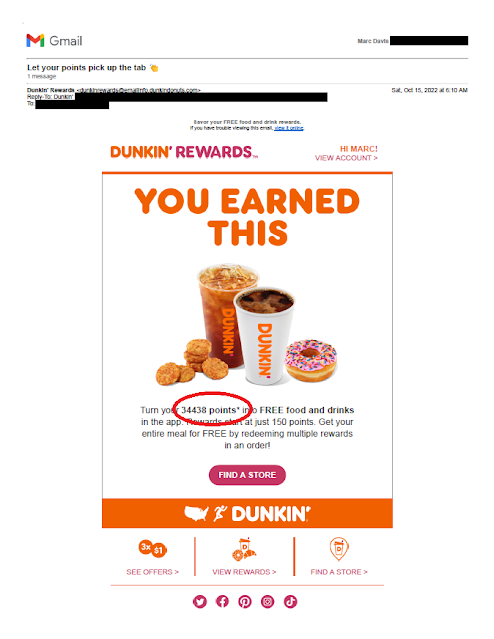
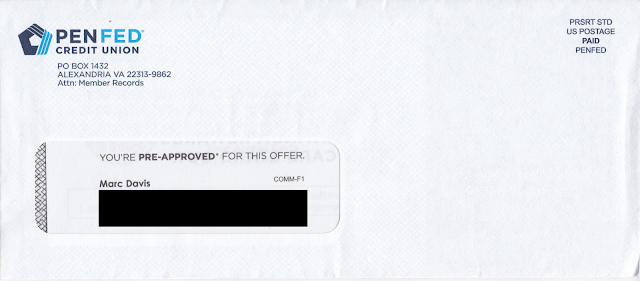

.png)










